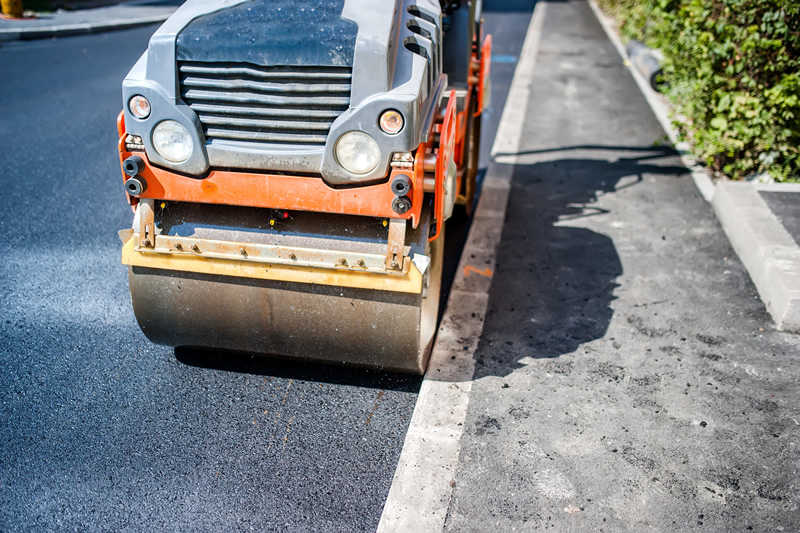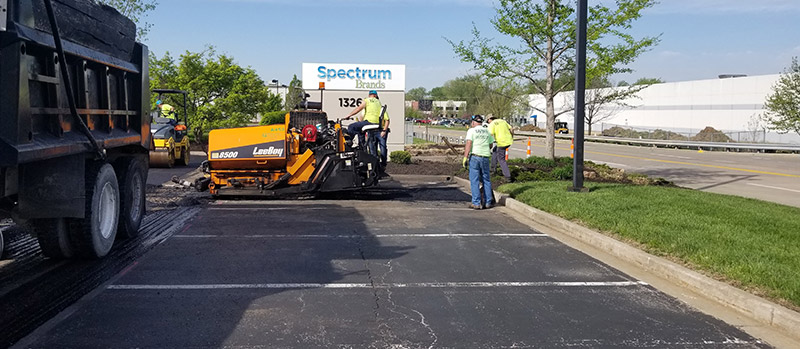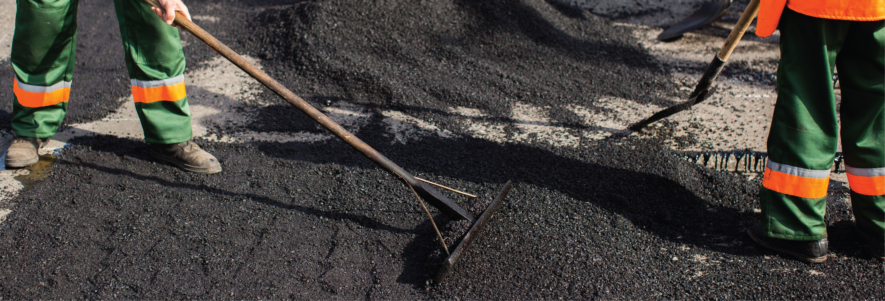The 25-Second Trick For A1 Professional Asphalt & Sealing Llc
The 25-Second Trick For A1 Professional Asphalt & Sealing Llc
Blog Article
Getting My A1 Professional Asphalt & Sealing Llc To Work
Table of ContentsThe Basic Principles Of A1 Professional Asphalt & Sealing Llc The Basic Principles Of A1 Professional Asphalt & Sealing Llc The Greatest Guide To A1 Professional Asphalt & Sealing LlcThe Only Guide for A1 Professional Asphalt & Sealing LlcThe smart Trick of A1 Professional Asphalt & Sealing Llc That Nobody is Talking About

The oil in an automobile engine is not simply oil. It contains a range of ingredients to boost the automobile's efficiency. These consist of polymers, thickness modifiers, warmth stabilizers, extra lubricants, and put on additives. The REOB contains all the ingredients that were in the waste oil in addition to the wear steels from the engine (generally iron and copper).
However, by making lots of blends utilizing different REOB examples and different asphalt binders, the variations mainly can be balanced out. A number of States offered samples of recognized REOB structure to TFHRC researchers, who assessed the examples to contrast the percent of added (recognized) REOB to the found (evaluated) amount. The analyses revealed a comparable percent of added and located REOB.
The Buzz on A1 Professional Asphalt & Sealing Llc
They got a frustrating reaction. The TFHRC researchers analyzed 1,532 samples from 40 States, one Canadian province, and two Federal Lands Highway departments. They examined each sample twiceamounting to greater than 3,000 evaluations. None of those States understood that the asphalt they were purchasing had REOB. One State insisted its examples had no REOB.
Of the 1,532 samples evaluated, 12 percent included REOB, and some consisted of appreciably high degrees of it at 1020 percent. The highest degree was 34 percent in a sample from Texas, which TxDOT had used in a patching compound. This testing also exposed the existence of phosphoric acid in 11 percent of the samples, and 2 percent had ground tire rubber.
Two years ago at TRB's annual meeting, the Federal scientists held an REOB workshop and provided the searchings for of their research laboratory analyses to a standing room-only crowd. Although some firms do not specifically prohibit REOB, they do impose physical tests that prevent its useeffectively a restriction. what is cold asphalt?. Others do not ban it by specification, yet have agreements with asphalt suppliers to prevent making use of REOB
The Main Principles Of A1 Professional Asphalt & Sealing Llc
A handful do permit REOB, some within specific limits. For example, Ohio and Texas limitation degrees to much less than 5 percent of the asphalt. To develop a trustworthy examination approach that all States can use, the TFHRC scientists established up a round-robin examination strategy. The participants are 11 State highway agencies (Illinois, Massachusetts, Minnesota, Mississippi, Montana, North Carolina, Oklahoma, South Carolina, Texas, Vermont, and Wyoming), 2 independent testing laboratories, the Ministry of Transport in Ontario, Queen's University in Ontario, and an Ontario paving service provider.
In total amount, the researchers prepared and shipped 720 blends. The individuals are examining the examples independently utilizing the guidelines supplied by the TFHRC researchers. The round-robin testing is virtually completed, and TFHRC remains in the process of accumulating the results. The output will certainly be a suggested AASHTO test approach that any kind of State can take on and make use of (a-1 asphalt).
The pavement with REOB, which is located 0.6 mile (1 kilometer) from the sidewalk without REOB, has similar subgrade, website traffic thickness, and environment. Nonetheless, the segment of Highway655 with 5 to 10 percent REOB revealed significant fracturing. In this example, the existence of REOB was the recognized cause of breaking at a reduced temperatures.
"In our experience in Canada, also tiny quantities of 23 percent can be a trouble." Likewise, a section of test pavement in Minnesota (MN1-4) found to include REOB additionally fractured prematurely. The pavement executed well for additional hints the initial 3 to 4 years, yet after that started to split. This pavement is also based on reduced temperature levels.
Little Known Facts About A1 Professional Asphalt & Sealing Llc.
The examinations were not extensive, yet they showed that at levels of 6 percent or more, the tensile stamina of the asphalt went down substantially. At a degree of 3.5 percent REOB, the variant in the physical examination methods was greater than the result of REOB. As a matter of fact, it was challenging for scientists to examine whether REOB existed.

One binder specification taken into consideration is the distinction between the reduced temperature level critical requirements temperature for tightness (S) in the bending light beam rheometer and the bending light beam rheometer creep slope (m-value) noted as Tcritical. TC = TC (S) TC (m-value). Examination of this criterion is still continuous. 2 independent research groups, one from AASHTO and the other from the Asphalt Institute, wrapped up that more research is required on the use of REOB in asphalt.
Formerly, all asphalt screening determined engineering properties such as rigidity. These examinations do not reveal what materials had actually been included to the asphalt. One sample obtained during the TFHRC research study had a really unusual evaluation. The sample had the following examination outcomes: Superpave PG 64-28 with a high temperature grade of 67.3 Tcritical on the flexing light beam rheometer was 6.7 degrees Celsius.

The Ultimate Guide To A1 Professional Asphalt & Sealing Llc
These results show there are weaknesses in the standardized engineering screening methods that might be made use of. The producer may have an economic advantage and the item passes all the standard examinations, however the item might not be advantageous to making sure lasting efficiency. To address this problem and the growth of new asphalt ingredients and extenders, TFHRC is beginning a research program to use handheld spectroscopic gadgets, x-ray fluorescence spectroscopy, and Fourier change infrared spectroscopy to make it possible for evaluations to be carried out in the area instead than needing to take examples back to the lab.
Report this page